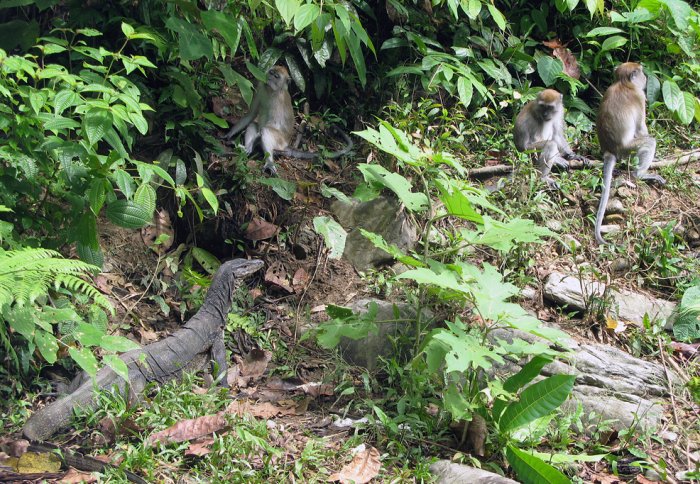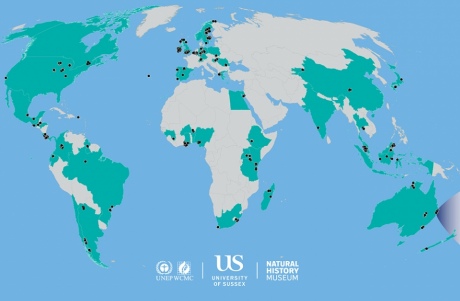
Gunung Leuser National Park, Indonesia. Photo: flydime, Flickr

Global protected areas for conservation do help species, despite doubts over management and effectiveness, a huge new study reveals.
Protected areas refer to regions that are dedicated to conservation and receive protection because of their ecological value. There are more than 161,000 protected areas worldwide, but the exact management of each depends on the resources available and the pressures faced by local governments.
Previous studies have shown declines in numbers of plants and animals within some protected areas and others suggest a significant number of protected areas are ineffective.
The new research was carried out by using a global biodiversity database called PREDICTS, which contains data for over one percent of all known plant and animal species and spans 48 countries and 101 ecoregions - the most comprehensive biodiversity sample of terrestrial protected areas to ever be examined.
Scientists analysed biodiversity surveys taken from 359 protected areas - 1,939 sites inside the areas and 4,592 sites outside. They discovered that the samples inside protected areas contain 15 percent more individuals and 11 percent more species compared to samples from unprotected sites.
The species that benefitted were from a wide range of groups, including plants, mammals, birds and insects.

Map of protected areas globally
The study, published today in the journal Nature Communications, was led by the University of Sussex and includes researchers from Imperial College London, the Natural History Museum and the UNEP – World Conservation Monitoring Centre.
Protected areas currently cover 15 percent of the global land surface and 1.7 percent of the ocean, with global targets to expand the network by 2020 looking to be met.
Study co-author Dr Jörn Scharlemann, from the University of Sussex, said: “Protected areas are widely considered essential for biodiversity conservation, but our results show for the first time that they do actually benefit a wide range of species. Our results reinforce recent commitments by governments for increased support and recognition of the importance of protected areas worldwide.”
From the study, scientists also discovered protection is most effective when human use of land for crops, pasture and plantations is minimised. The results suggest that better management across the existing protected area network could more than double its effectiveness.
Previous studies of protected areas have relied on satellite images to look at changes in forest cover, but the PREDICTS database gathers information collected on the ground by hundreds of scientists worldwide.
Study co-author Professor Andy Purvis from the Department of Life Sciences at Imperial and the Natural History Museum said: “This study shows how important questions in conservation biology can be tackled by joining forces.
"Hundreds of scientists from dozens of countries have generously shared their hard-earned data with us. Each one of those data sets is like a piece of a jigsaw: the overall picture only becomes clear when you have all the pieces and can put them together.”
This work was funded by the School of Life Sciences at the University of Sussex and the UK’s Natural Environment Research Council (NERC). This is a contribution from the Imperial College Grand Challenges in Ecosystem and the Environment Initiative, and the Sussex Sustainability Research Program.
-
'Local biodiversity is higher inside than outside terrestrial protected areas worldwide' by Claudia L. Gray et al is published in Nature Communications.
Supporters

Article text (excluding photos or graphics) available under an Attribution-NonCommercial-ShareAlike Creative Commons license.
Photos and graphics subject to third party copyright used with permission or © Imperial College London.
Reporter
Hayley Dunning
Communications Division

Contact details
Tel: +44 (0)20 7594 2412
Email: h.dunning@imperial.ac.uk
Show all stories by this author




Leave a comment
Your comment may be published, displaying your name as you provide it, unless you request otherwise. Your contact details will never be published.